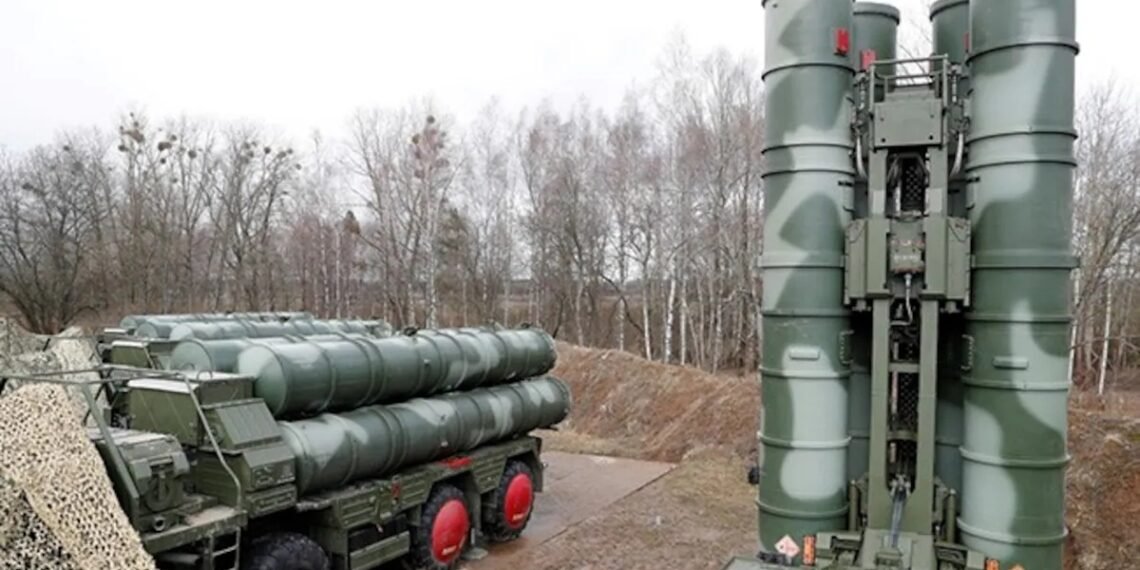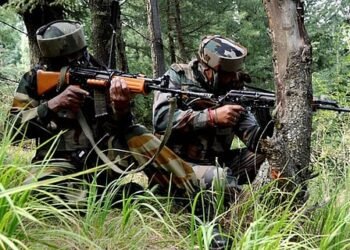The Indian Air Force employed the Russian-manufactured S-400 missile defense system to thwart Pakistan’s attempt to escalate last night.
Pakistan’s attempted military move against India follows a day after the Indian armed forces executed precise strikes on four terrorist camps in Pakistan and five in PoK.
“On the night of 07-08 May 2025, Pakistan attempted to engage a number of military targets in Northern and Western India including Awantipura, Srinagar, Jammu, Pathankot, Amritsar, Kapurthala, Jalandhar, Ludhiana, Adampur, Bhatinda, Chandigarh, Nal, Phalodi, Uttarlai, and Bhuj, using drones and missiles,” the Minister of Defence said in a statement.
ALSO READ: ‘Leave Or Take Shelter’: US Issues Advisory for its Citizens in Lahore
What is S-400 Defence System?
The S-400, referred to as “Sudarshan” in Indian operations—named after the mythological Sudarshan Chakra—is one of the most sophisticated long-range air defense missile systems in the world.
Connected to the IAF’s command and control system, every S-400 squadron features two batteries, with each battery having six launchers, sophisticated radar, and a command center, capable of managing up to 128 missiles per battery.

India has acquired five squadrons from Russia, with three currently operational and the remaining two anticipated by 2026. The agreement worth Rs 35,000 crore for five S-400 squadrons was finalized in 2018.
Key features of S-400 Defence System
The S-400 Sudarshan is capable of detecting, tracking, and engaging various aerial threats—including stealth planes, fighter jets, drones, and cruise or ballistic missiles—at distances of up to 400 km.
Its arsenal comprises various missile types, enabling multi-tiered defense against concurrent threats at different distances and altitudes. The phased array radars and electronic warfare robustness of the system render it extremely efficient, even in adversarial settings.
ALSO READ: ‘Around 100 terrorists killed, Op Sindoor on’: What Govt briefed at All-party meet
In an earlier IAF drill, the Sudarshan S-400 showcased its capabilities by “downing” 80% of a simulated enemy aircraft fleet, compelling the rest to abandon their missions.

The S-400 consists of three parts- missile launchers, a robust radar, and a command center. It is capable of targeting aircraft, cruise missiles, and even high-speed intermediate-range ballistic missiles.
NATO members view the S-400 as a significant threat due to its extensive long-range capabilities.
Tactical Relevance of S-400 Defence System
The effective implementation of the S-400 Sudarshan Chakra has greatly enhanced India’s air defence system, offering a reliable deterrent against both standard and unconventional aerial threats.
Its existence has not only thwarted immediate escalation efforts but also transformed the strategic landscape in the region, positioning it as a genuine game changer for the IAF.













